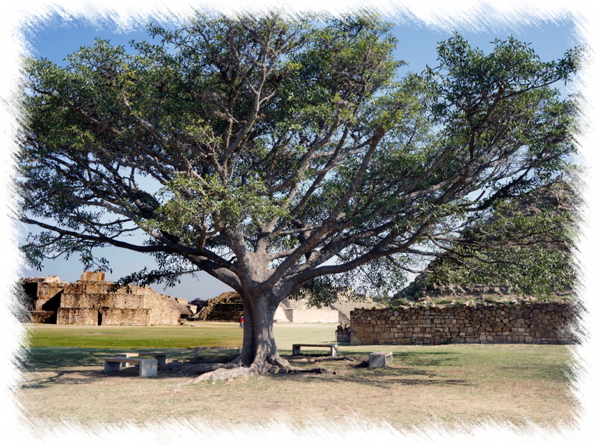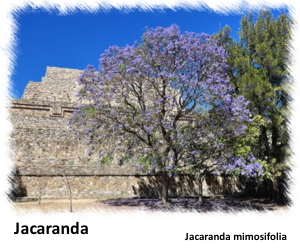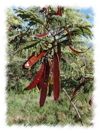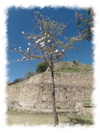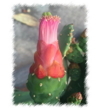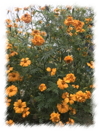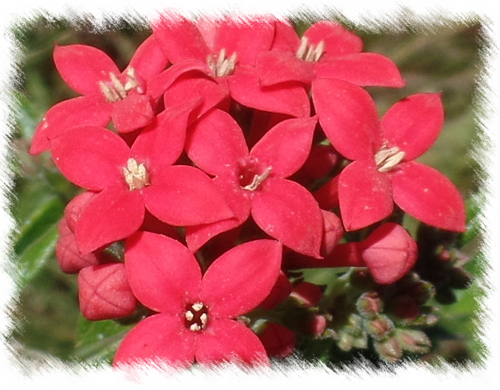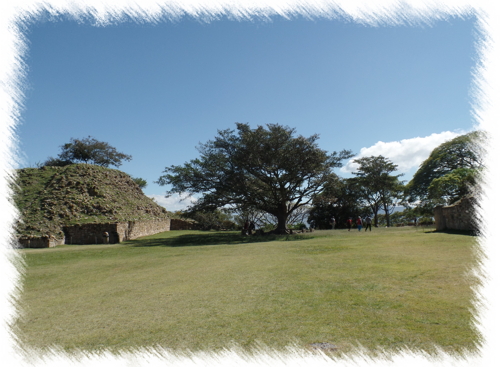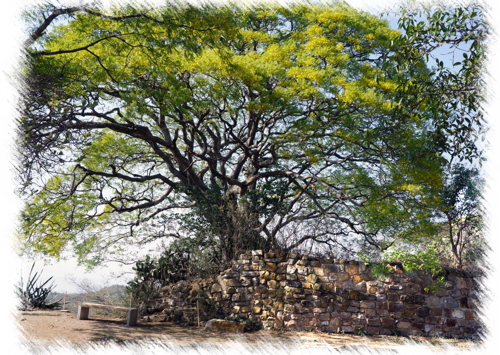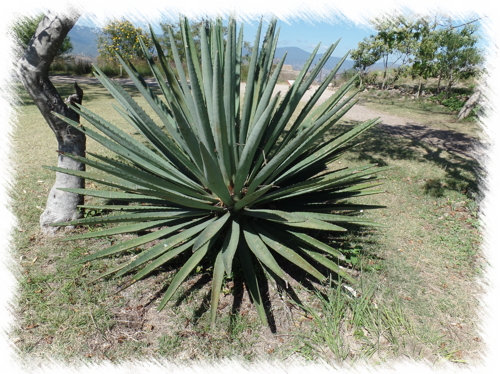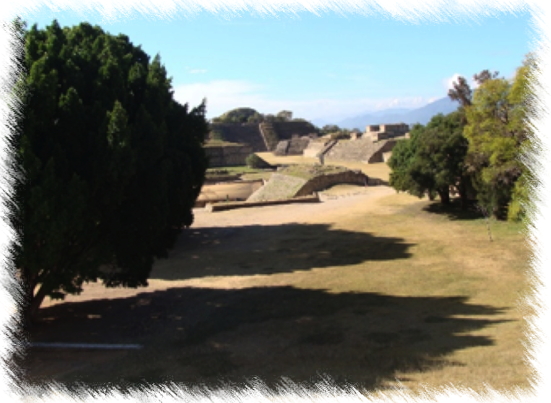 | When Offered: Monday to Friday 9:00 am to 1:00 pm.
Cost: 300 pesos per person
Included: Guide and transportation
|
|
| In addition to commenting on the most important theories of archaeologists and anthropologists, we will begin our tour in tomb number 7 where, in addition to talking about the most important treasure in Mesoamerica found in 1932, we will provide information about the most important plants on the site and how they are used. Flowers for example had various uses in Mesoamerica: medicine, crafts, food, decorative, sacred, energetic, symbolic and divinatory, among others. We will also provide information on the most important families found in this important archaeological zone, such as the legumes. Oaxaca is the the state that has the richest diversity of members of this plant family.
|
|
Schedule:
We will start at tomb 7 and continue on and near the north platform on the way we will talk about the legumes and cacti found there. Then we will go later to the square to see multiflora conzatias, and other legumes. We will visit the dancers, Building J, the palace, and the ballcourt where we will find some specimens of the Moraceae family. We will end up at the site museum but on the way, we will see plants of the Malvaceae family among others.
|
Level of Difficulty: You need to bring a hat, comfortable walking shoues, and water. We will be walking for approximately two to two and a half hours.
|
Background: In the archaeological site of Monte Albán, we find the huaje, white-flowered tree, is one of the oldest mentioned species of Leucaena as it is the Codex Mendoza where the foundation of the city of Oaxaca between 1440 and 1489 is discussed. The seeds and tender flowers of Leucaena are widely consumed. They improve soils since they fix nitrogen from the atmosphere in the soil because of the bacteria that lives in symbiosis with their roots. That bacteria fixes atmospheric nitrogen in mineral compounds and colloids in the soil.
On the site, we find wild plants that are born within natural vegetation, as a reflection of environmental conditions, mainly climate and soil. No management is provided to them and they are collected in this type of vegetation for their value and use, for example dandelion and espule.
The tolerant plants are those that grow spontaneously in areas of anthropogenic vegetation and that are left there, without receiving any type of management or care.
|
|
|
|
